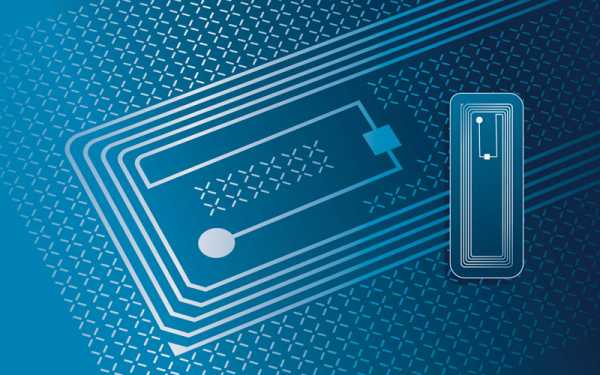RFID (Radio Frequency Identification) technology has experienced unprecedented growth in terms of use, capacity development and overall impact on the retail sector. Of 110 brand managers surveyed as part of Kurt Salmon’s 2018 study “RFID and Retail”, 69% believe they have achieved a significant level of RFID adoption. This growth is largely driven by the requirements of multi-channel operations and the need to continuously improve the customer experience.
To maintain and develop contact with multiple, complex and demanding customers, Retailers are investing massively in omni-channel strategies: RFID is paving the way for a new wave of major innovations and playing a decisive role in transforming POS environments.
Sixty-nine percent of retailers worldwide have already adopted RFID in a significant way. While the unit price of RFID may have initially been a barrier, declining costs and the proliferation of applications continue to make RFID more affordable and profitable.
A new standard in retail
RFID adoption is the most advanced in North America, where 92% of retailers are involved in a global deployment program. This figure has jumped by more than 25% since 2016, demonstrating that RFID can now be considered a near-standard retail technology.
In Asia, driven by the customers who want to shop anywhere and anytime, 70% of the brands surveyed are turning to RFID to improve their inventory knowledge.
While RFID adoption has soared in the rest of the world, it is struggling to take off in Europe, where only 30% of the brands surveyed have deployed it. Nevertheless, a number of European companies are using RFID and their number is expected to increase as the omnichannel challenges drive the need.
Factors in RFID adoption
Retailers who adopt RFID do so for five main reasons:
- Inventory optimization. RFID optimizes the retailer’s ability to manage inventory across selling channels (avoiding stock shortages, facilitating product exchanges between stores, etc.)
- Fast, automated checkout. RFID speeds checkout lines in the store and automates the checkout process by enabling fast scanning of complete product data such as item number, price, merchandise category, and more.
- Fast order preparation. Because RFID enables retailers to track and search products at a granular level of detail (i.e. separate codes for each model or color) it allows much faster and more reliable in-store order preparation, and prevents retailers from having to physically display every product option on the sales floor.
- Theft protection. RFID allows the installation of anti-theft and anti-fraud protections to prevent shoplifting, employee shrink and other sources of loss.
- Product lookups. With RFID tags on merchandise, sales associates can easily to locate a specific product very quickly, even if it has been moved or misplaced on the shelves.
Outlets that have been using RFID for more than a year are now exploring more advanced applications, such as the use of blockchain and smart technologies in stores, to further improve customer service: reduction of waiting times in stores, inventory optimization, personalized marketing, better inventory management and ultimately, an increase in operating margins.
Brands that were in the test phase at the time of the “RFID and Retail” study recorded an ROI of 6.8% on average, while stores that had fully deployed RFID cited ROI results of more than 9%. There is a strong correlation between adoption levels and return on investment, making a strong case to support increased adoption of RFID technologies to reap greater financial benefits over time.
Contact AURES to learn more about the benefits of RFID in your POS projects and deployments.




